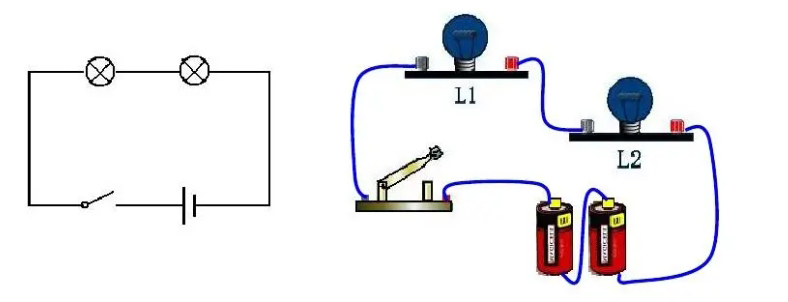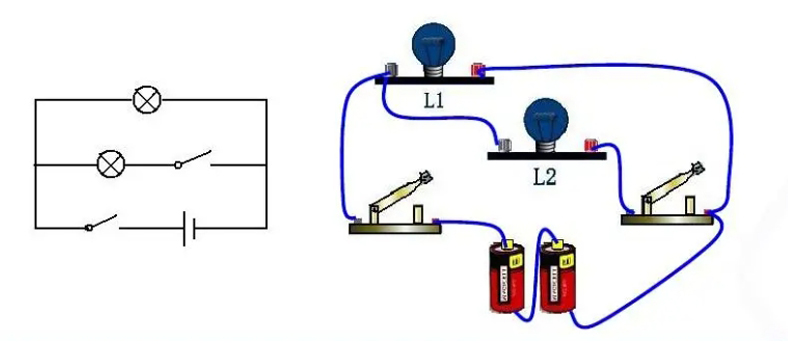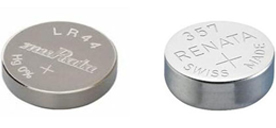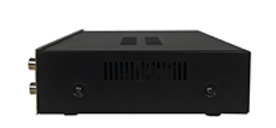Series VS Parallel: What's the Difference?
2024/12/24 11:10:39
Views:
Series vs Parallel Circuits
- Introduction
- What is the Series Circuit?
- What is the Parallel Circuit?
- Difference Between Series and Parallel
- Series vs Parallel Circuits: What are the Advantages and Disadvantages?
- Frequently Asked Questions
Introduction
In electronic circuit connections, series and parallel are two common types of connections, what is the difference between the two before them? Without delay, please continue to read down, the answer is in the article.
What is the Series Circuit?
A series circuit is one in which all the connected loads are lined up in a row and the current flows through that single path. It is like a bracelet with many beads on one string.

What is the Parallel Circuit?
A parallel circuit is a circuit in which all the loads are connected together at each end and the current flows in multiple paths, each load being a separate branch.
Imagine a circular highway with a closed main road, with cars traveling continuously, where the main road is divided into several side roads, each of which has a gas station and has the same gas price (voltage).
If one of the gas stations is closed to traffic on one of the side roads, vehicles on that side road will not be able to refuel, but the gas stations on the other side roads will still operate normally, thus ensuring that the overall traffic is not affected.

Difference Between Series and Parallel
There is a difference between the two in terms of current, voltage, etc., see the table below.
Series vs Parallel Circuits: What are the Advantages and Disadvantages?
The advantages and disadvantages of both connection circuits are relative and they play an important role in their respective connection circuits.
Series Circuits
- Pros:Simple and easy to understand design.
Easy to control, current stays the same.
- Disadvantages:
If one component is damaged, the entire circuit will not work.
The voltage in the circuit cannot be evenly distributed.
Parallel Circuits
- Pros:Each element works independently and when one element is damaged, it does not affect the others.
Each element gets the same voltage.
- Disadvantages:
Complex circuit design.
Increased total current may require a larger power supply.
After reading this article, I believe you have a simple understanding of series and parallel connections. This will help you a lot in following up with a deeper understanding.
Frequently Asked Questions
1. How can I quickly tell if a circuit is in series or parallel?
In a circuit, if there are no branches, then it is in series, if there are branches, then it is in parallel.
2. Are household circuits series or parallel?
Household circuits are connected in parallel because this ensures that each appliance works independently of the others.
Related Information
-
-
Phone
+86 135 3401 3447 -
Whatsapp





